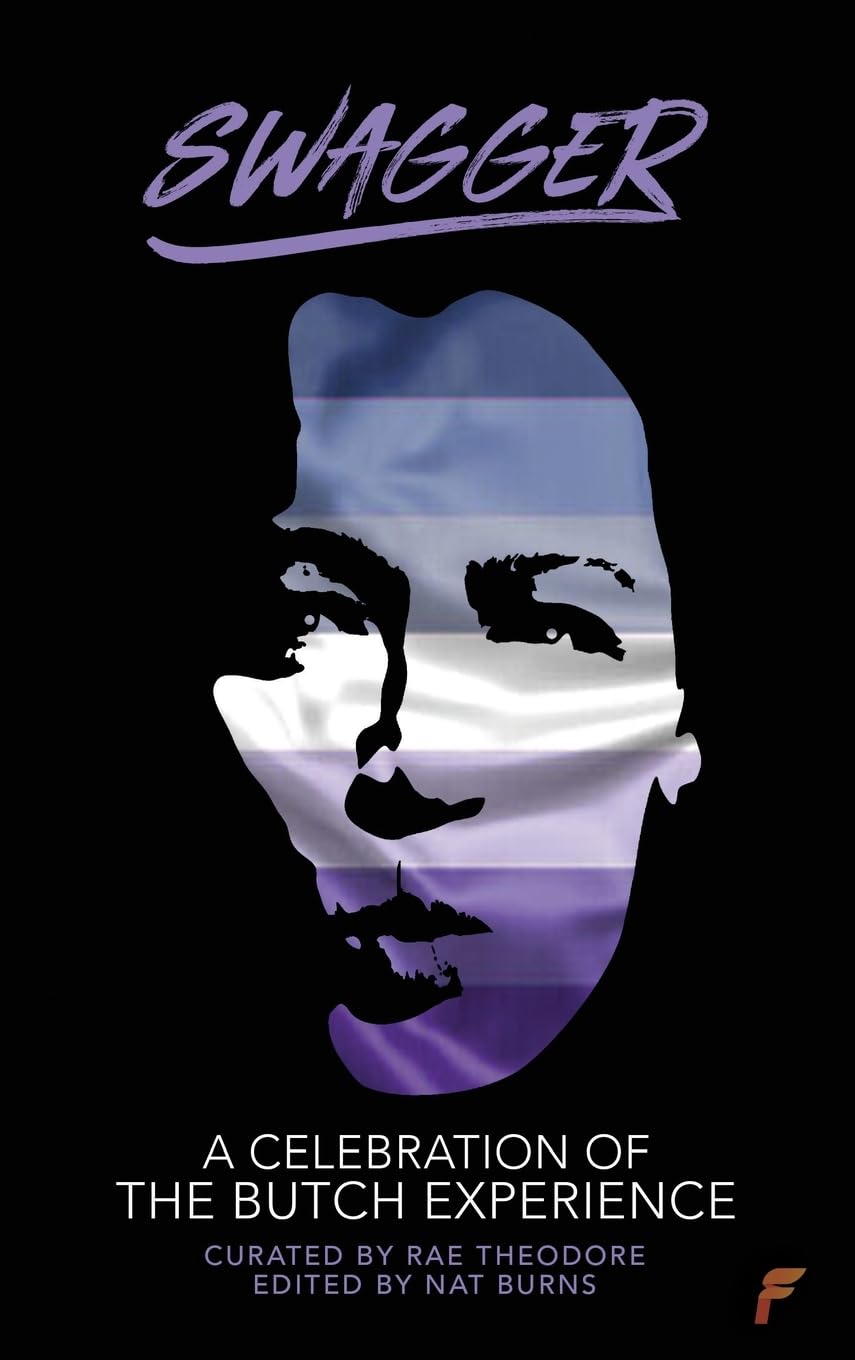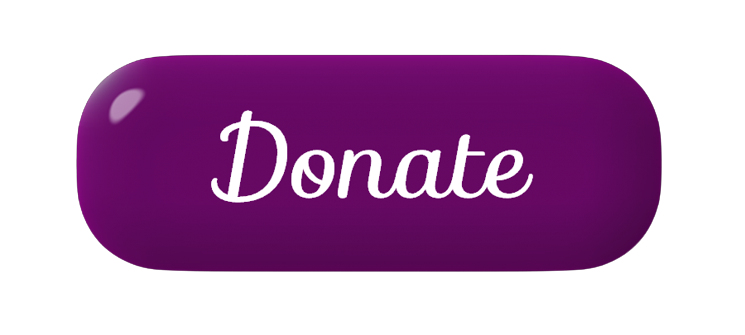Review of Swagger: A Celebration of the Butch Experience curated by Rae Theodore and edited by Nat Burns

Swagger: A Celebration of the Butch Experience
Curated by Rae Theodore and edited by Nat Burns
Flashpoint Publications, 2024, 174 pages
$16.95
“And think about / How much I love / Butches / And the people / Who love them”
(“Butch 4 Butch,” Beck Guerra Carter, 72).
Reviewed by Allison Quinlan
Swagger is a celebration and an exploration of the identity, history, and community of butch lesbians. Whether you identify as butch or simply want to understand butchness in its multifaceted glory, this work offers great insight and connection. The work begins with artwork such as “Gender” by Ash, and unfolds into retellings and stories from elder butches and poetry that captures the spirit of butch existence. One of the earlier sections written by Merril Mushroom—a name familiar to many Sinister Wisdom readers—announces the book’s intention to define, complicate, and joyfully celebrate butchness, beginning with a non-rigid definition of ‘butch.’ Her words set the tone for the rest of the compilation of voices adding to the conversation on being butch, and reminding readers that defining butchness can be both simple and complex.
The book continually grapples with key questions: What does it mean to be butch? How do we see, define, or know it within ourselves? The explorations in Swagger are as varied as the individuals writing them, but every work has some exploration of these questions, and many presented answers! Georgie Orion lets us know that butches can be anyone—“Lesbians from Girl Scouts. Lesbians from camp. Lesbians from church. Lesbians from school. Basically every grown-up lesbian I had ever met. And they all showed up” (21). Understandings of the intersection between community and the celebration of a shared, comfortable, normalized identity were present all through the work. In addition to descriptions of building a shared community, the topic of self-creation features in several pieces.
The question of masculinity and the boundaries of emulation versus reclamation, which I have always considered a distinctly butch expression, is a recurrent theme. Virginia Black writes,
“While I have emulated men and masculine presentation, I have never wanted to be one, nor felt the need to defend my space as a lesbian against a man…unless he was trying to manspread on public transportation, so I did it first to prove a point. How straight men perceive me doesn’t shape my self-definition” (26).
Cindy Rizzo’s “City Butch” grapples with the insecurities that accompany socially constructed butch stereotypes and reaffirms the confidence to define oneself. She writes, “How far could I stray from a stereotype so I could be true to myself?. . . I knew in spite of everything that I was a butch” (28). The answer to the questions of identity definition and constructed lines aren’t explicit, but several pieces set out that identity can be self-determined and fluid. Virginia Black closes their work by noting the possibility inherent to her self-determination of butchness. How should she define herself and her butchness? They write, “Exhale. / However I want” (27).
Swagger honors the vibrant past of butchness while embracing the ever-evolving diversity of butch identity (and ever-evolving understanding of butch identity). Several authors in the collection touch on trans identity and butchness, which is important in a collection like Swagger. As Audre Lorde writes, “there is no such thing as a single-issue struggle because we do not live single-issue lives” (Sister Outsider, 138). Transphobic rhetoric persists, even in queer communities, erasing the contributions of the people at the forefront of the fight for liberation. Transness is celebrated in this work, too. Swagger sets up a conversation to challenge misconceptions that masculine presentation determines gender or that gender identity and gender performance are inherently the same. The collection also makes it clear that socially drawn lines can become tools of resistance and experimentation.
Finally, I loved reading the authors’ biographies at the end of the work, not only because it gave me insight into the identities of the people creating but also because it provided information on connecting. If you couldn’t tell from my earlier havering on community and connection, I consider it a vital aspect of the queer community, so it was lovely to find these incredible people compiled at the end of the work. Swagger embodies queer community and connection in a really beautiful way. Every butch joyfully existing is evidence of a queer future, so I’ll leave you with Victoria Anne Darling’s rallying words, “Don’t, don’t, don’t / Tone it down” (33).
Allison Quinlan (they/she) volunteers as a copyeditor for Sinister Wisdom and manages a non-profit in the UK that supports survivors of abuse. They’re exceptionally bad at keeping lavender plants alive. . . one could say they’ve become a lavender menace.
"Empowerment comes from ideas."
― Charlene Carruthers
"Your silence will not protect you."
— Tourmaline
"Gender is the poetry each of us makes out of the language we are taught."
— Leila Raven


